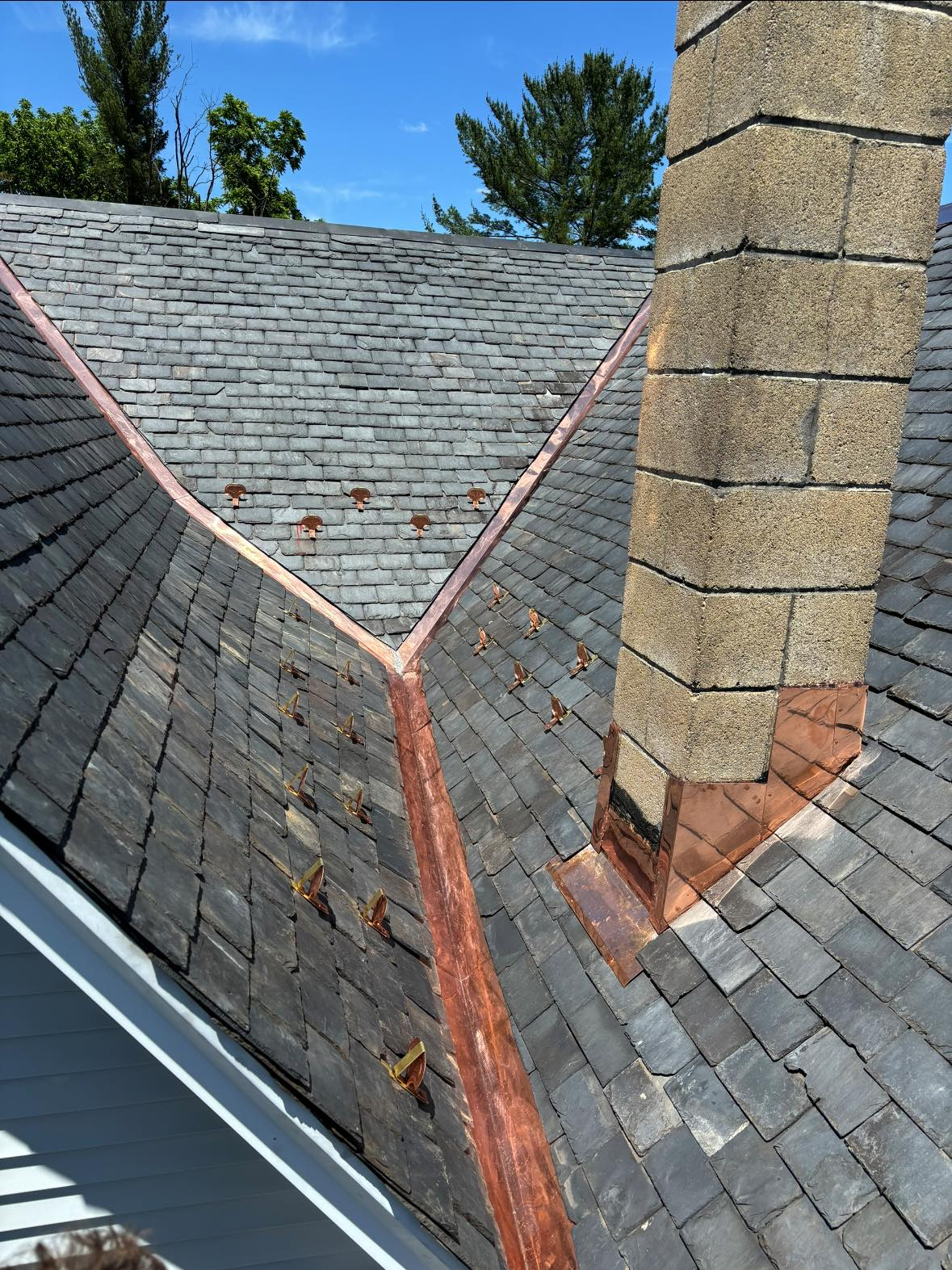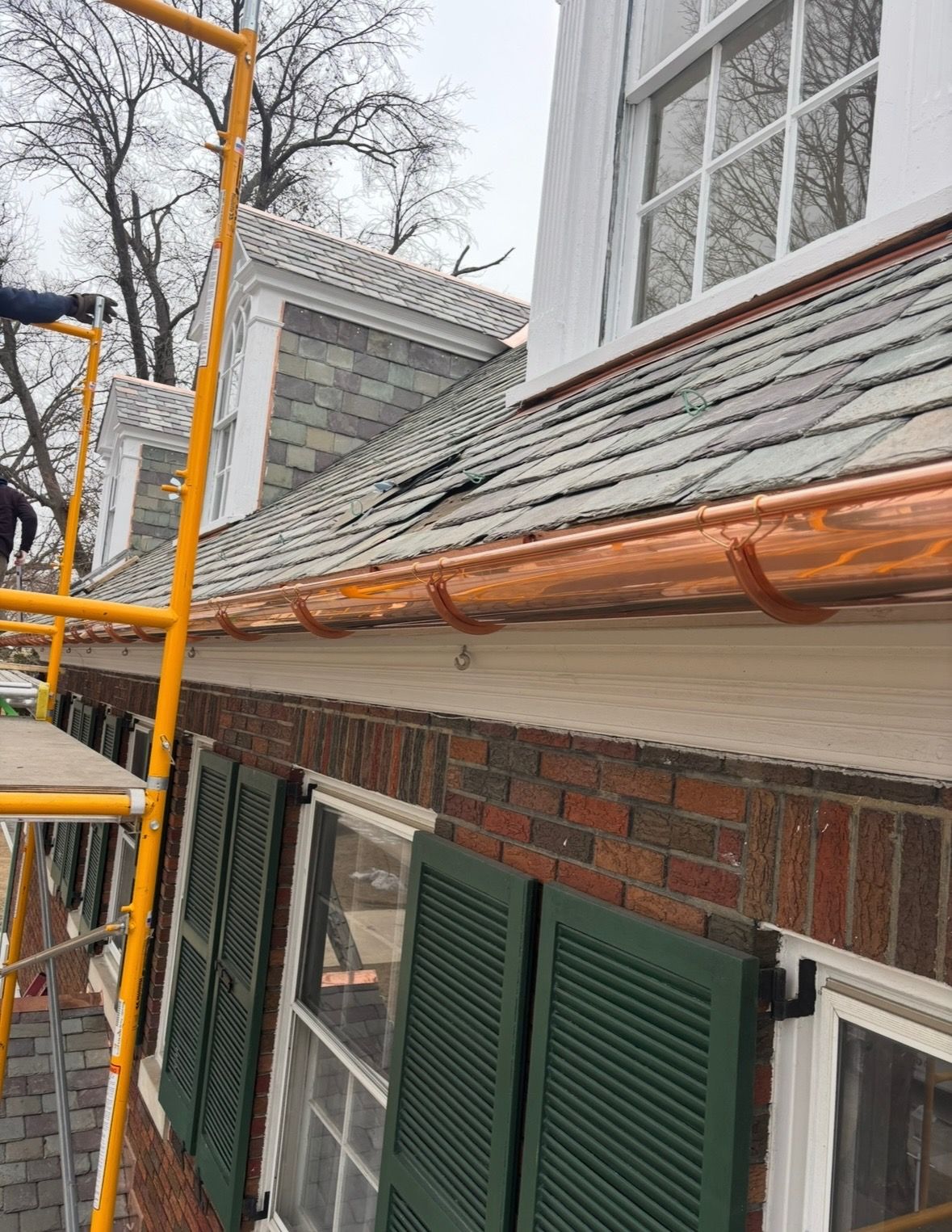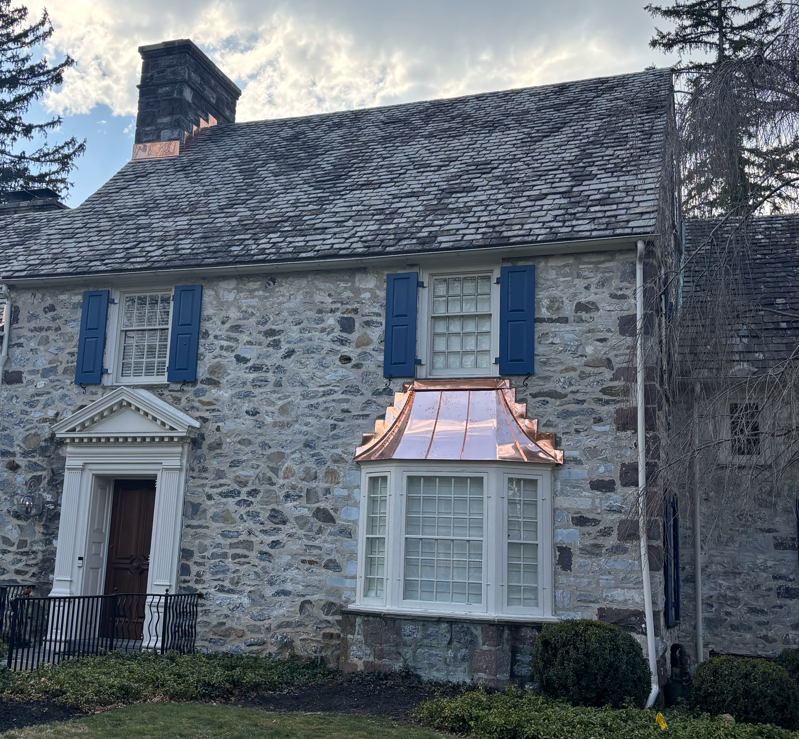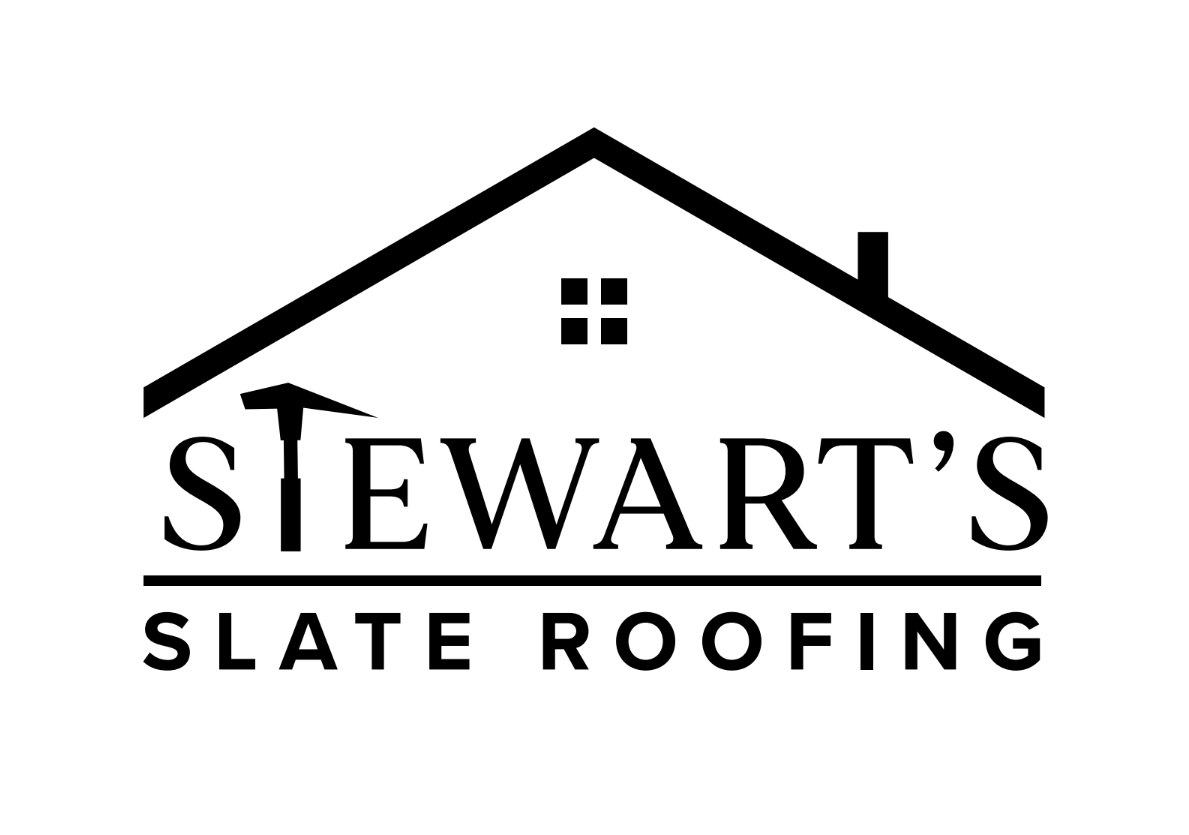History of Slate Roofing - Stewart's Slate Roofing
The History of Slate Roofing: A Timeless Tradition in the Mid-Atlantic
Slate roofing has long been admired for its beauty, durability, and classic charm. In cities and towns across the Mid-Atlantic—like Baltimore, Bel Air, Forest Hill, Lancaster, York, Harrisburg, Havre de Grace, Towson, Shrewsbury, and throughout Cecil County—you’ll find historic homes and buildings still sporting their original slate roofs. But where did this tradition come from, and why has it stood the test of time?
Let’s take a closer look at the rich history of slate roofing and why it continues to be a popular choice for homeowners in our region.
Slate Roofing Origins: A Material Born from Nature
Slate is a natural metamorphic rock formed under intense heat and pressure over millions of years. The resulting stone is dense, waterproof, and splits into thin, smooth sheets—making it ideal for roofing. Slate was used in Europe for centuries before making its way to the U.S. in the early 1700s.
The earliest American slate roofs appeared in the northeastern states where slate was quarried locally. Pennsylvania quickly became a major slate producer, with quarries in Lehigh, Northampton, and Lancaster Counties fueling the growth of this durable roofing style.
19th Century Boom: Slate in Baltimore & Beyond
By the mid-1800s, slate roofing had exploded in popularity, especially in urban centers like Baltimore. Thanks to the expansion of railroads, slate could be transported more easily, making it accessible for both city homes and rural properties in places like Bel Air, Forest Hill, and Towson.
In Baltimore, slate was a symbol of prestige. Historic neighborhoods such as Mt. Vernon and Roland Park still showcase stunning examples of 19th-century slate roofs, often installed with decorative patterns and color blends.
Across the Mason-Dixon line in towns like York, Harrisburg, and Lancaster, slate became the go-to roofing material for farmhouses, churches, and civic buildings. Its fire-resistant qualities and impressive lifespan made it an obvious choice for families looking to invest in their property for generations.
Slate’s Legacy in the 20th Century
Even as asphalt shingles became more common in the 1900s, slate maintained its place in high-end residential and institutional architecture. Many homes in Havre de Grace, Shrewsbury, and Cecil County built in the early 20th century still have their original slate roofs.
These communities have always valued craftsmanship and tradition—qualities that slate roofing represents. Local contractors and restoration experts often work to preserve these historic features, maintaining the character and heritage of neighborhoods while enhancing home value.
Why Slate Still Matters Today
Modern homeowners in Lancaster, York, Harrisburg, and throughout the Mid-Atlantic continue to choose slate not just for its timeless appearance, but for its long-term value. When properly maintained, a slate roof can last 75 to 100 years—or even longer.
In towns like Bel Air, Forest Hill, and Towson, where older homes are common, slate roofing is often preserved or carefully replicated during renovations. The same goes for historic districts in Baltimore and the charming waterfront streets of Havre de Grace.
Plus, with sustainable building practices growing in popularity, many homeowners love that slate is a natural, eco-friendly material that requires minimal processing.
Preserving the Past, Protecting the Future
Whether you're admiring a 19th-century rowhouse in Baltimore or restoring a farmhouse in Cecil County, slate roofing is a living link to the region's architectural past. It offers unmatched elegance, durability, and local character—making it more than just a roof, but a part of our shared history.
If you’re thinking about maintaining or upgrading your slate roof in the Baltimore area or surrounding towns like Shrewsbury, York, or Lancaster, be sure to work with a contractor who understands the craftsmanship and care this material deserves.
Looking to repair or restore your slate roof in the Mid-Atlantic? Whether you’re in Towson, Forest Hill, or anywhere in between, give us a call—we’d love to help keep your home’s history alive.



